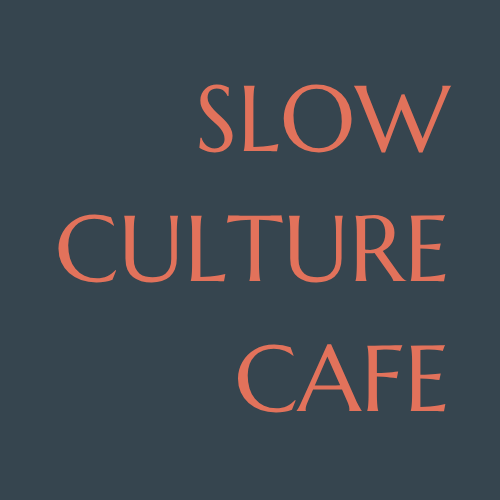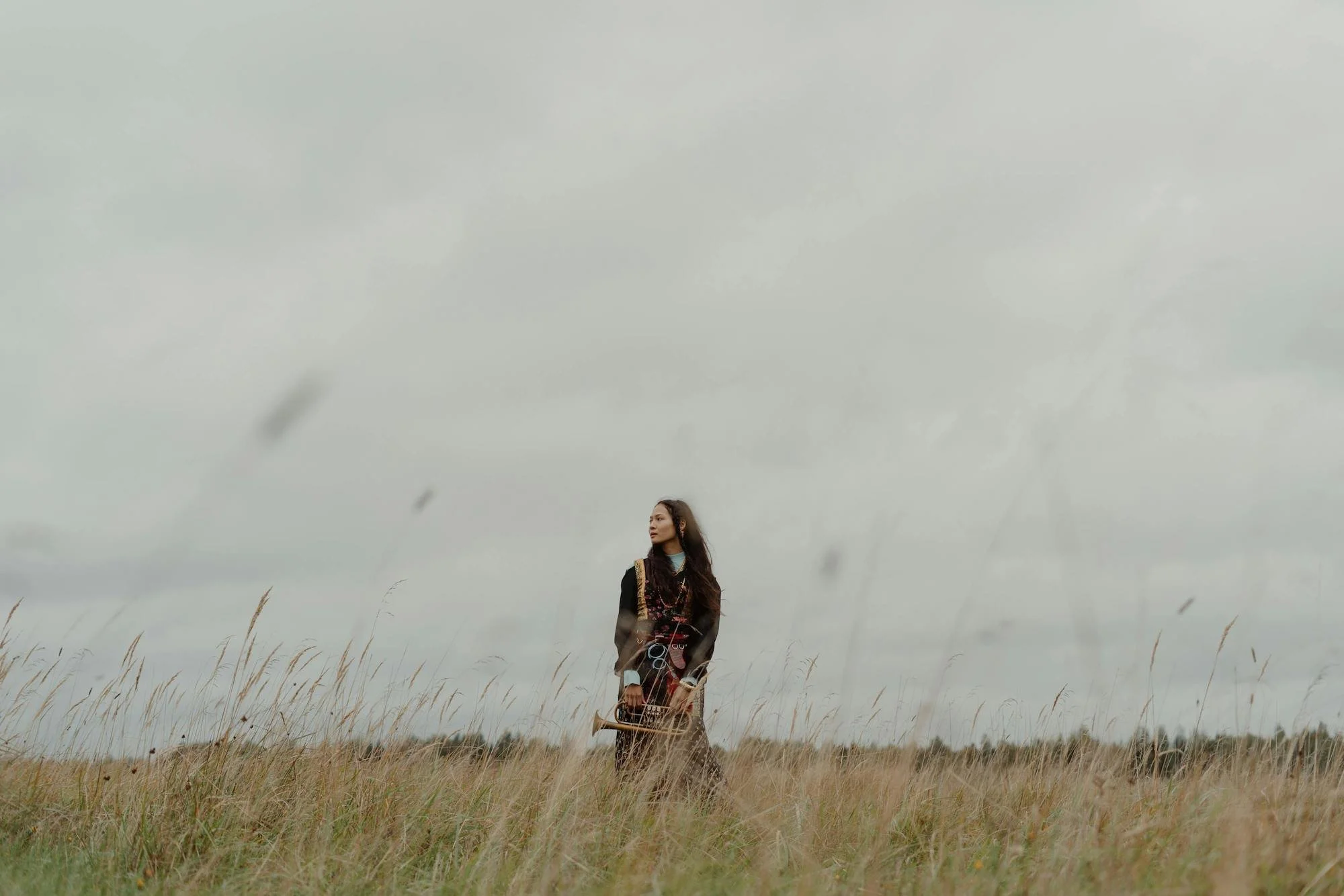The Gentle Resurgence of Folk in a Hyper-Digital World
In an age of infinite streams and synthesized beats, why are so many turning to the humble honesty of folk music? A reflection on the genre’s quiet cultural revival.
If we look at the current playlists on the well-known music platforms, it is noticeable how much folk music is coming to the fore again. The reasons for this are very diverse and Folk music has been around for a very long time. The longing for the simple, non-digital is once again leading to a return to older values and music that touches people's emotions in its simplicity and ingenuity.
At first glance, it might seem unlikely. In a time when AI generates melodies in seconds and algorithm-fed playlists serve hyper-edited tracks for every conceivable mood, the soft strum of an acoustic guitar or the weathered grain of a human voice feels almost anachronistic. Yet quietly, persistently, folk music is making its way back into our collective ears and hearts.
You’ll hear it in the stripped-back production of rising indie artists like Erin Rae or Leith Ross, in the poetic lyricism of Adrianne Lenker, or in the prairie winds behind Watchhouse (formerly Mandolin Orange). Folk isn’t about nostalgia anymore — it’s about grounding.
There’s something magnetic in its simplicity. In a world saturated with information and image, folk offers the auditory equivalent of stepping barefoot into a field. The genre has always been about storytelling — not spectacle — and today, that feels almost radical. We’re craving connection that isn’t filtered through pixels or plugins.
At recent gatherings — intimate backyard concerts, candlelit house shows, even viral Tiny Desk performances — the folk spirit thrives. No autotune. Just voice, strings, and soul. It’s not about perfection; it’s about presence.
Part of this resurgence may be tied to our cultural exhaustion. After years of digital overload, folk’s raw honesty acts as a balm. The lyrics speak of loss, longing, soil, seasons — themes more human than trending. Young artists aren't just reviving the sound; they’re reshaping it. The old banjo is now paired with synthesizers — not to erase the past, but to translate it.
Folk’s renaissance is also communal. Platforms like Bandcamp have allowed folk musicians to build micro-communities where music is exchanged like letters, not commodities. It’s a slow exchange. Intentional. Almost sacred.
In a digitized and globalized world, folk music offers a local home in the village, in your city and a refuge from the hectic everyday life. The themes of folk music are melancholic and invite you to dream. This makes it the antithesis of the music produced by AI and digitalization, which is currently experiencing a strong boom.
And so, amidst the noise, a quiet movement grows — one ballad at a time. Maybe we’re not escaping progress, but simply reaching back to remind ourselves of where we began. Folk music, with all its humble chords and timeless tales, is not here to compete. It’s here to comfort, to challenge, and to remember.
So next time you’re rushing through a playlist, pause for a moment. Listen to something slower. Something stitched with breath and history. You might just hear yourself in the strings.

